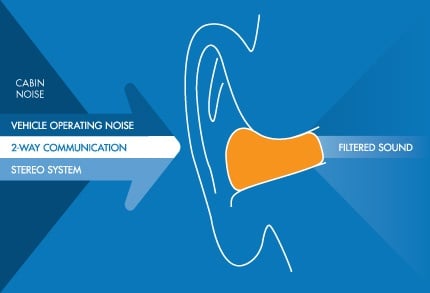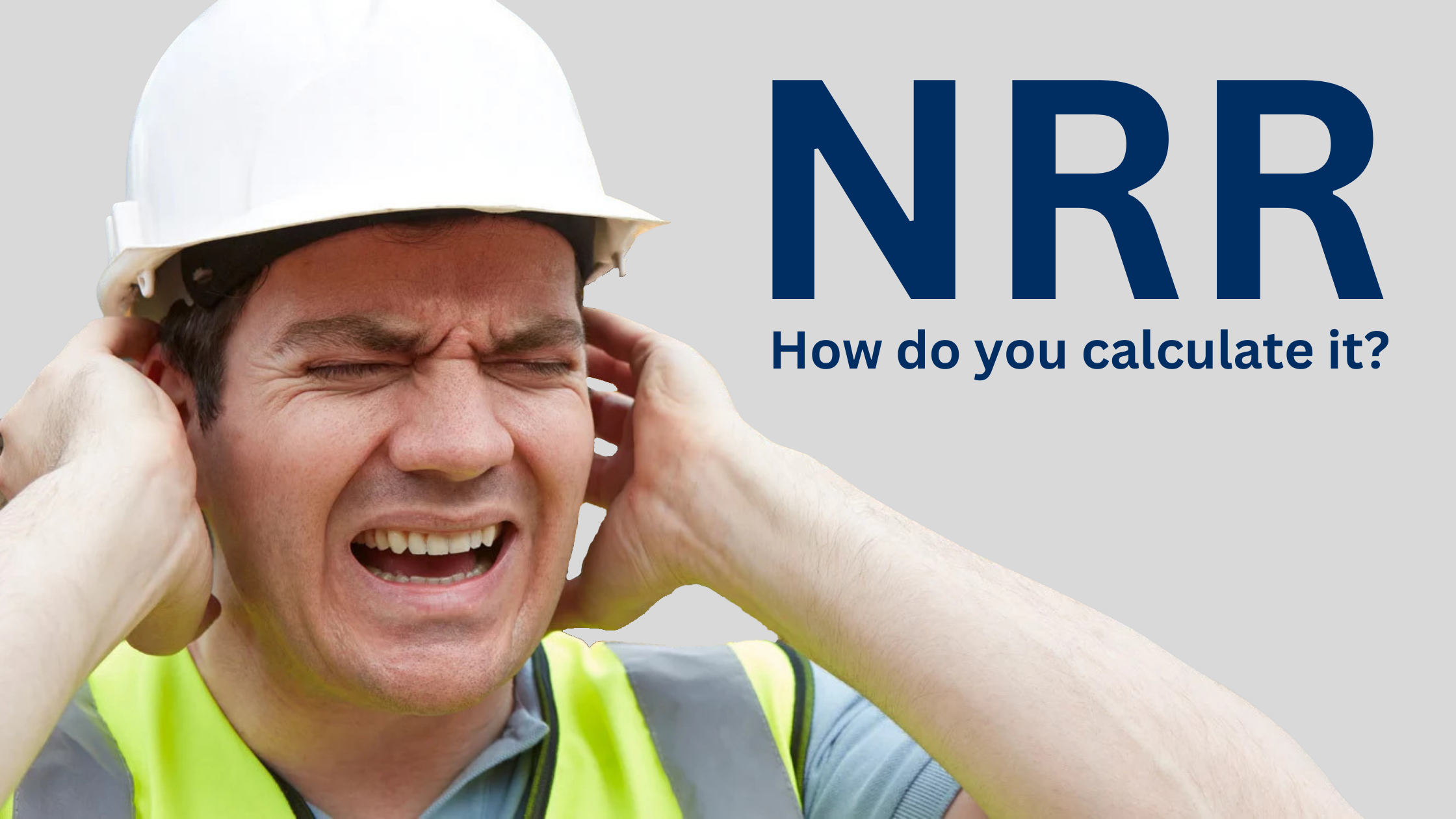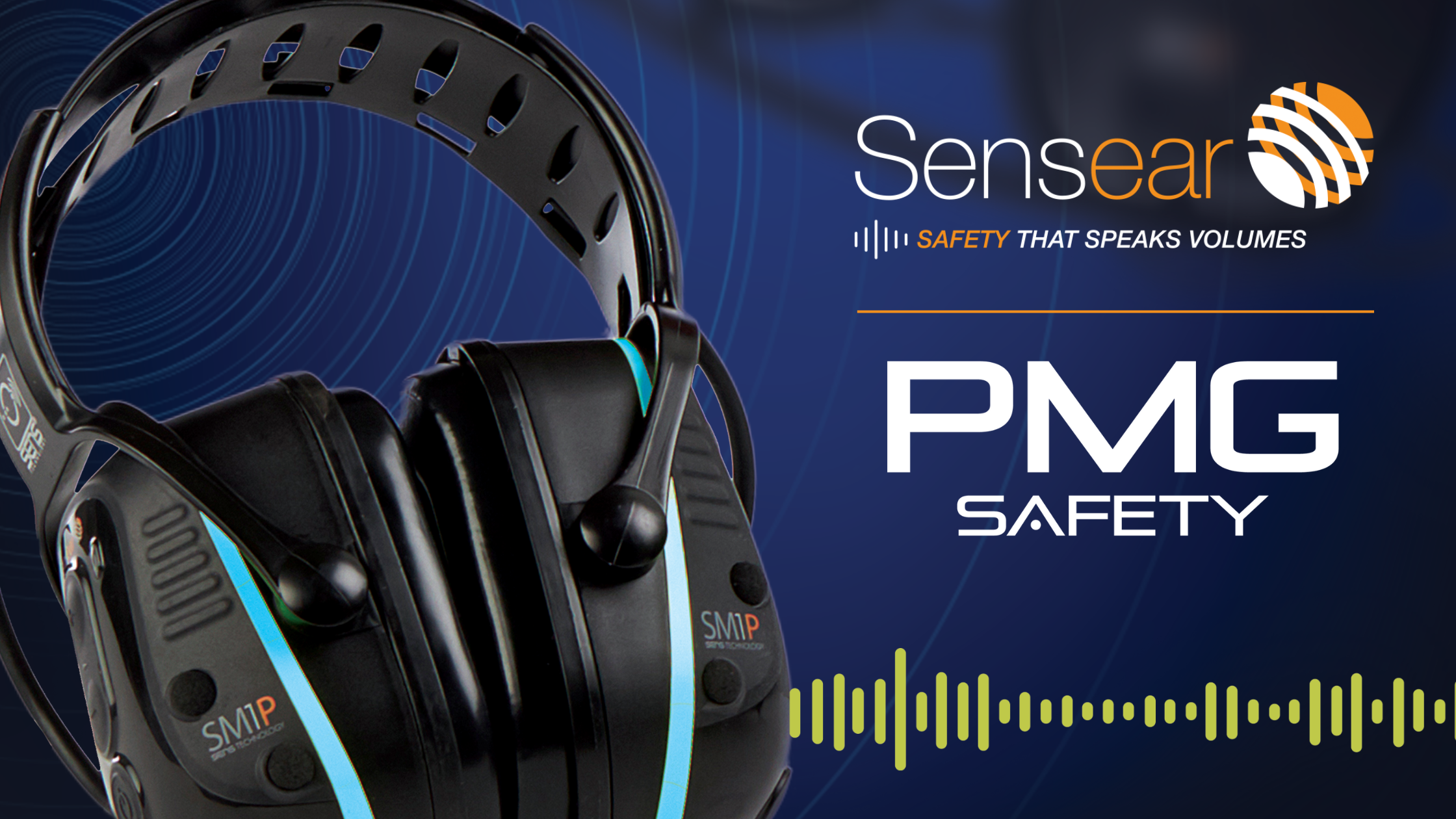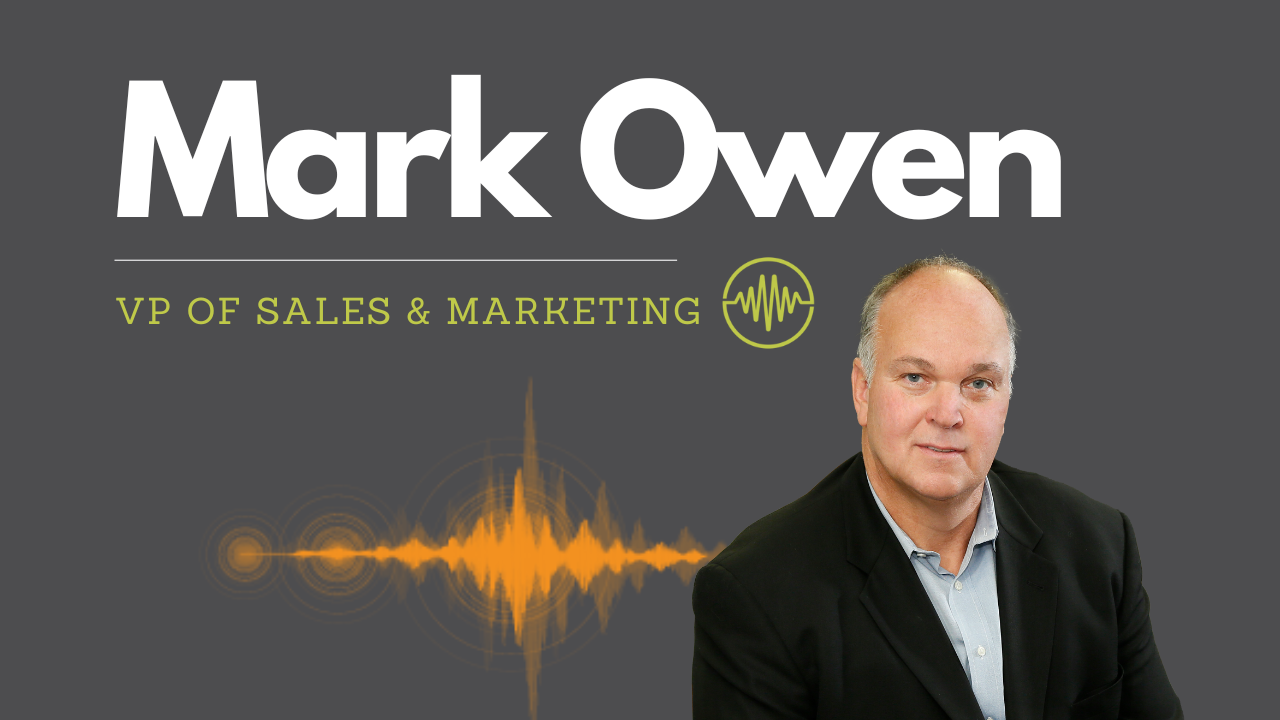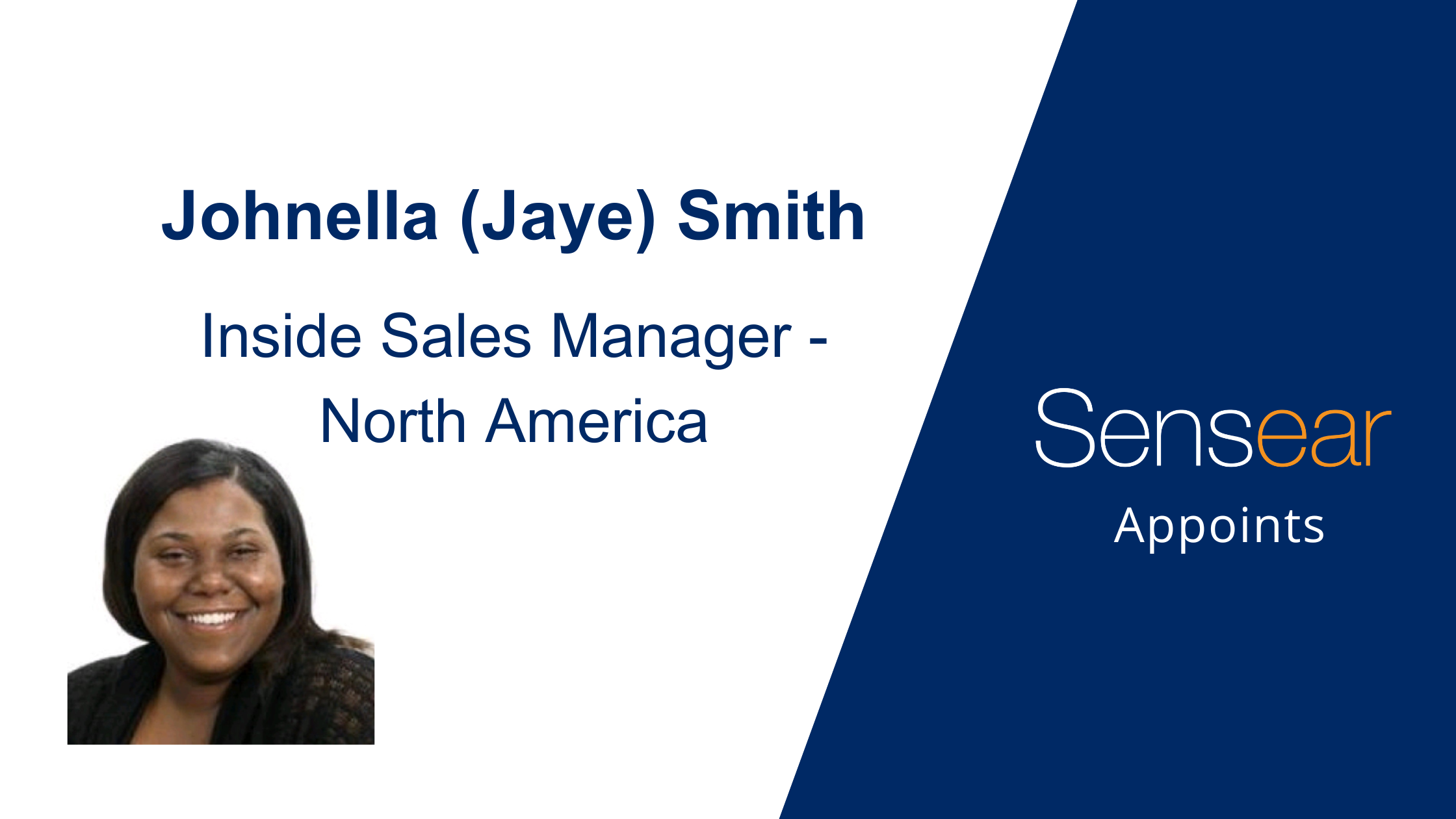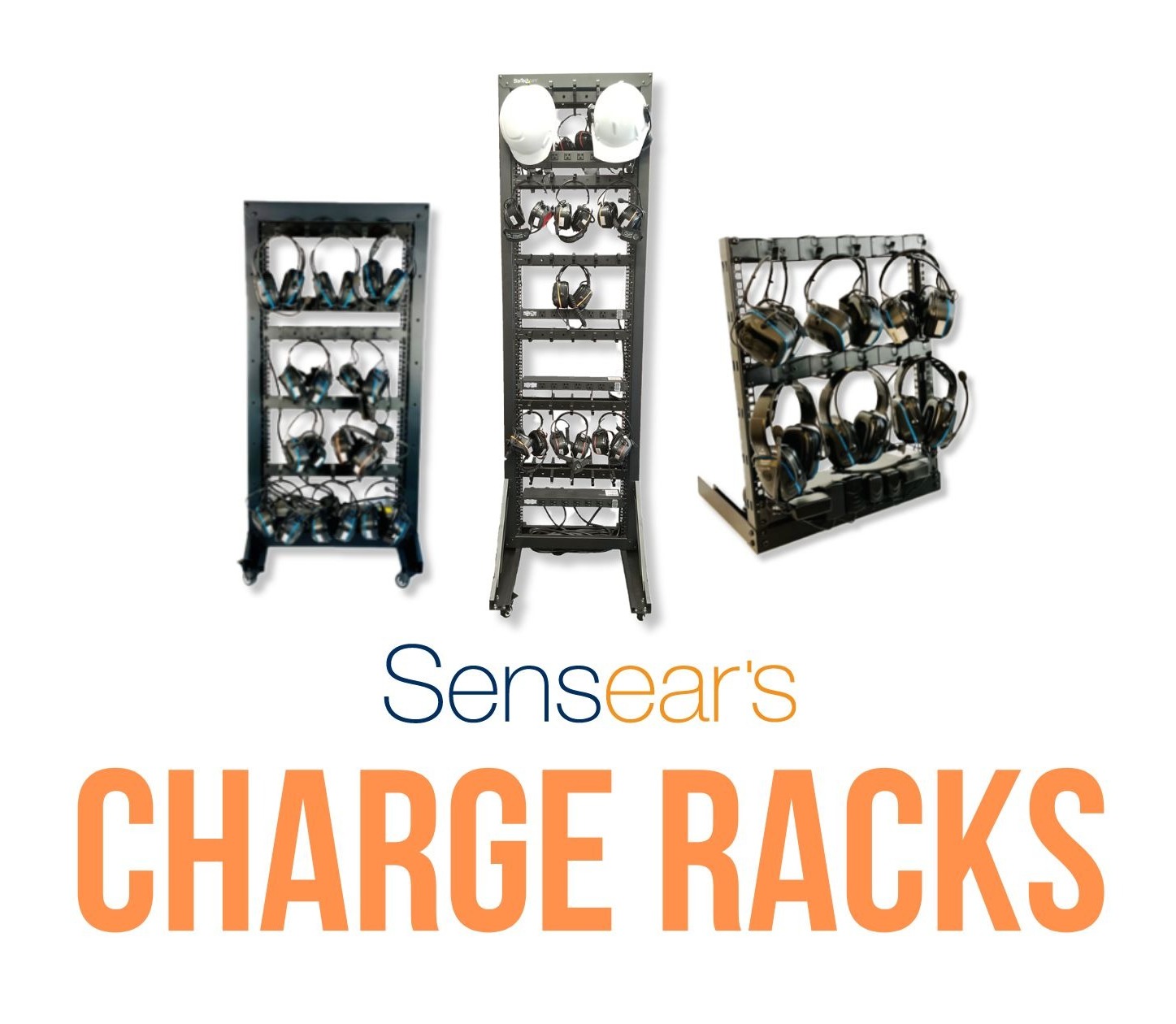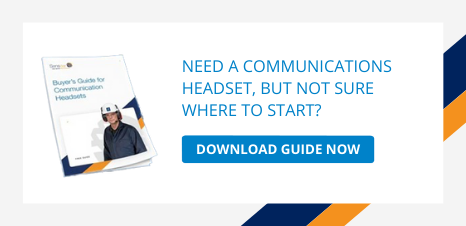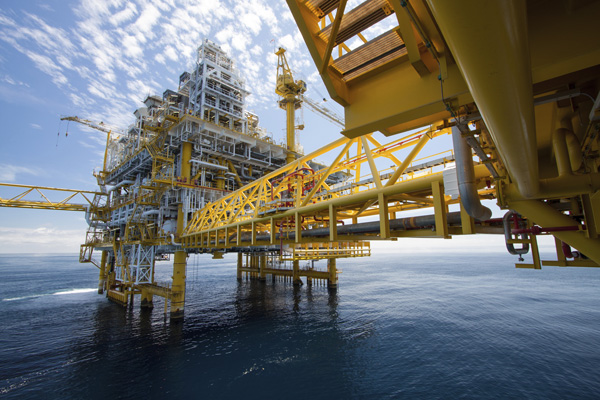
Hearing Protection in Offshore Oil and Gas is Truly a Global Issue
According to hear-it.org, a European organization geared towards collecting, processing, and sharing information and data as it relates to hearing issues, one in every four work-related injuries in offshore technological environments are hearing loss-related. It was ranked as the worst job here in the US a few years back, according to a report by CNN Money. Given this, Safety Managers and Industrial Hygienists work to protect workers’ hearing (along with everything else), by conducting a worksite analysis, developing hearing safety programs, and leveraging hearing protection devices to guard against hearing loss and other threats.

